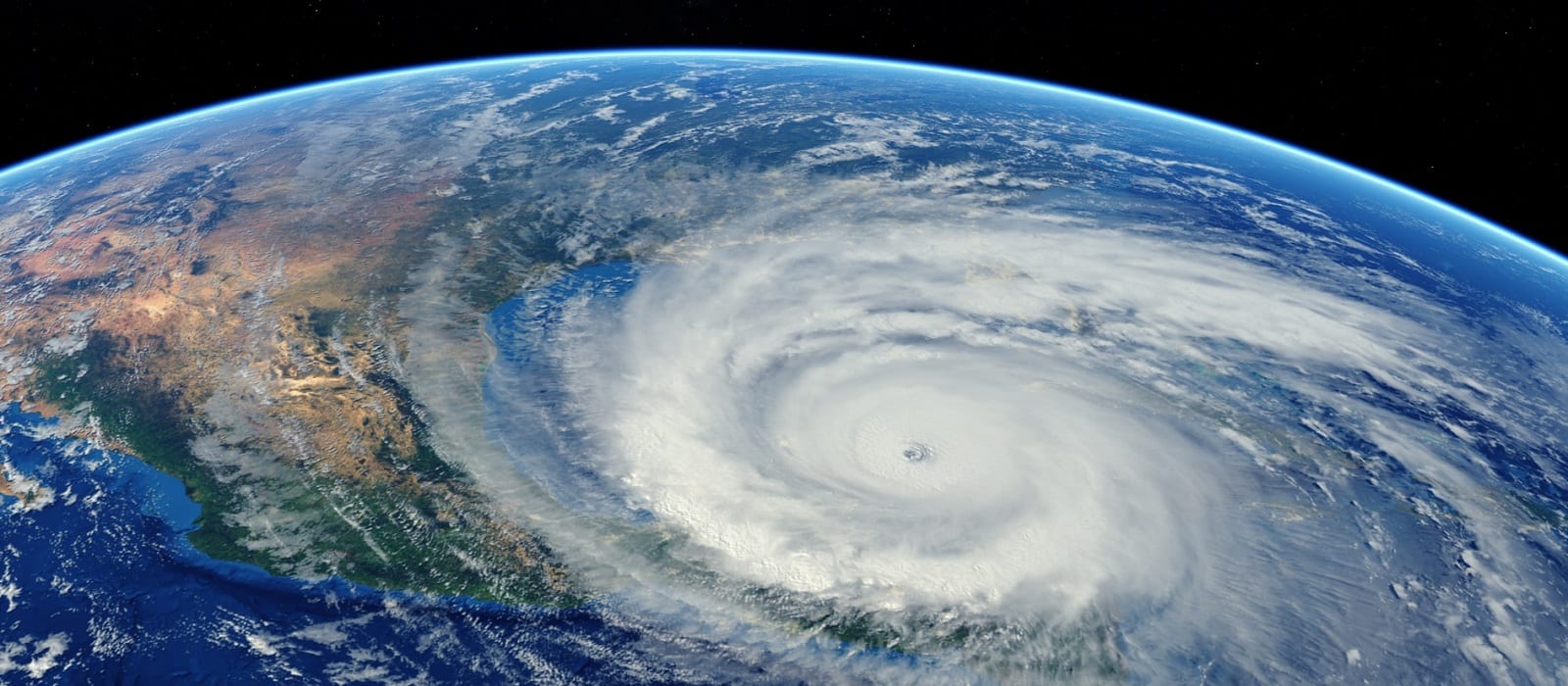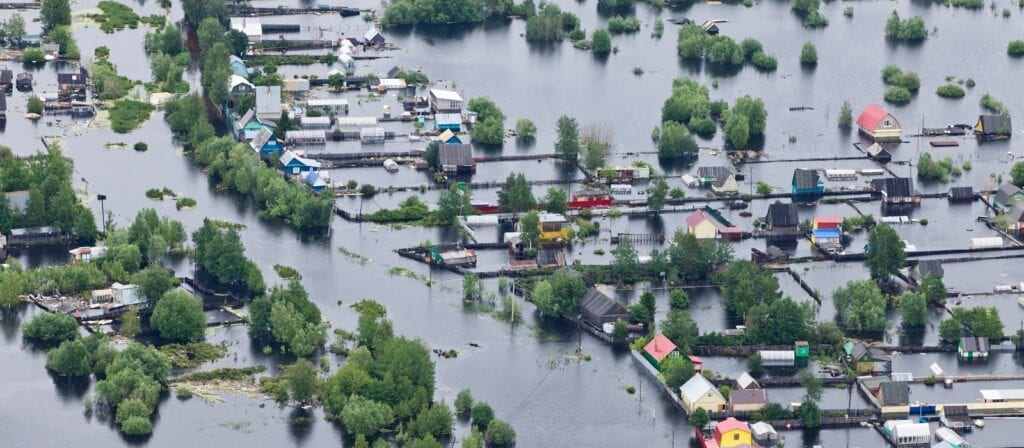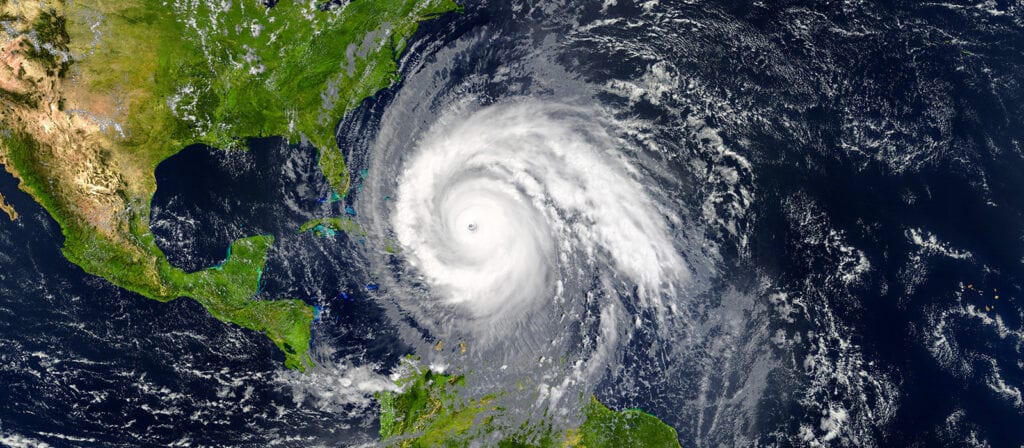Insurance industry losses from natural catastrophes and man-made disasters globally amounted to USD 83 billion in 2020, according to preliminary estimates from ICMIF Supporting Member Swiss Re. This makes it the fifth-costliest year for the industry since 1970. Losses were driven by a record number of severe convective storms (thunderstorms with tornadoes, floods and hail) and wildfires in the US. These and other secondary peril events around the world accounted for 70% of the USD 76 billion insured losses from natural catastrophes1. A very active North Atlantic hurricane season triggered an additional USD 20 billion of insurance claims, moderate compared to the record seasons of 2005 and 2017. The insurance industry covered 45% of global economic losses in 2020, above the ten-year-average of 37%.
Climate change is expected to exacerbate secondary peril events as more humid air and rising temperatures create more extreme weather conditions. These favour the onset and spread of events such as wildfires, storm surges and floods.
“As with COVID-19, climate change will be a huge test of global resilience. Neither pandemics nor climate change are ‘black swan’ events. But while COVID-19 has an expiry date, climate change does not, and failure to ‘green’ the global economic recovery now will increase costs for society in future,” said Jerome Jean Haegeli, Swiss Re Group Chief Economist. “This year’s natural disasters impacted regions with more insurance cover in place, providing vital support to the people and communities affected and enhancing their financial resilience.”
In the US, a record number of severe convective storms caused devastation throughout the year, likely leading to record annual losses in the country for this peril. Australia and Canada suffered significant losses from hail damage in 2020. In January, hailstorms in southeastern Australia caused insured losses of over USD 1 billion, while Canada experienced its costliest-ever hail event in Calgary in June, which led to losses of USD 1 billion.
Fires also contributed to secondary peril losses for insurers. Wildfires in the US from mid-August chiefly caused the high insured losses, though Australia’s 2019 fire season, the longest and most destructive ever recorded, was still burning in early 2020. In the US states of California, Oregon and Washington State, more than 800 wildfires burned close to 6 million acres, destroying thousands of structures and triggering billions in insured claims. Although less than the record losses of 2018 and 2017, 2020 will be one of the costliest for fires.
Further secondary perils included severe floods in several provinces along the Yangtze River in China from May, causing industry insured losses of roughly USD 2 billion.
Record number of hurricanes, but only moderate losses
The North Atlantic hurricane season brought a record 30 named storms in 2020, including five named storms making landfall in the US state of Louisiana alone, again the highest on record. This year a uniquely conducive set of atmospheric and oceanic conditions was predicted to generate a well-above-average number of storms and landfalls. However, most US landfalls did not hit densely populated areas in 2020, resulting in relatively low insured losses of USD 20 billion, far lower than in the previous record hurricane seasons of 2017 (Harvey, Irma and Maria: USD 97 billion) and 2005 (Katrina: USD 87 billion).
“Large-scale climate conditions in the North Atlantic suggest elevated hurricane activity for 2021 and likely beyond. This increases the probability of a catastrophic landfall. Combined with the loss impact of secondary perils accelerated by climate change, insured catastrophe losses will only rise in the future,” said Martin Bertogg, Head of Cat Perils at Swiss Re.
Winter storms hit northern Europe in February, causing flooding, power outages and transport disruption, with more than USD 2 billion combined insured losses. In May, cyclone Amphan in the Bay of Bengal caused economic losses of USD 13 billion, the most destructive tropical cyclone India has ever experienced. Insured losses are expected to be just a fraction of the economic losses due to the region’s low insurance penetration.
These sigma catastrophe loss estimates are for property damage and exclude claims related to COVID-19. Loss estimates in this media release are preliminary and may be subject to change as not all loss-generating events have been fully assessed. COVID-19 has elongated the claims lifecycle, particularly for large events, and it will take considerably longer than normal to assess the final tally.
Swiss Re Institute will publish updated 2020 loss figures in a full sigma report in spring 2021.
The sigma explorer web app has been enriched further. Go to sigma-explorer.com to view, download and share natural catastrophe data projected onto world maps.
1Industry practice is to consider two types of event as secondary perils: (a) independent, high-frequency (ie, more frequent than primary peril events such as earthquakes and hurricanes), low-to-medium severity loss events (relative to losses resulting from primary perils); and (b) events that occur as secondary effects of primary perils (eg, a tsunami following an earthquake).






